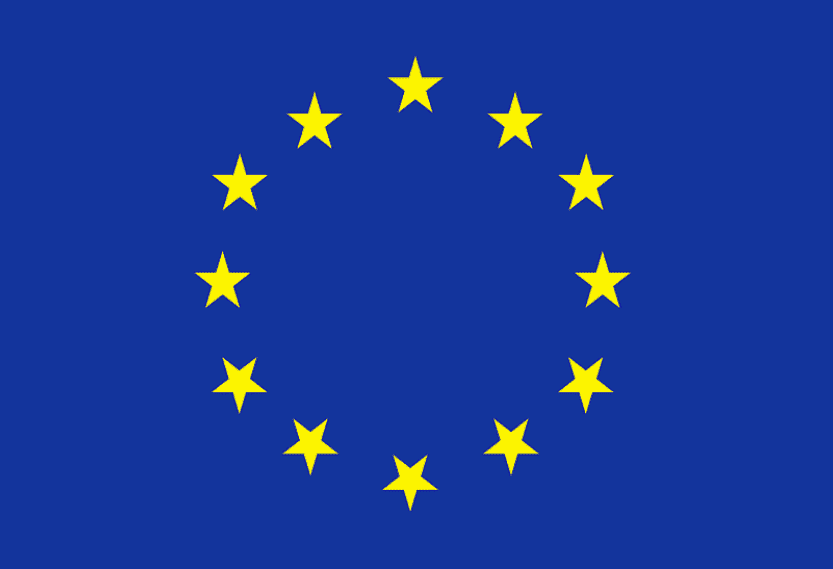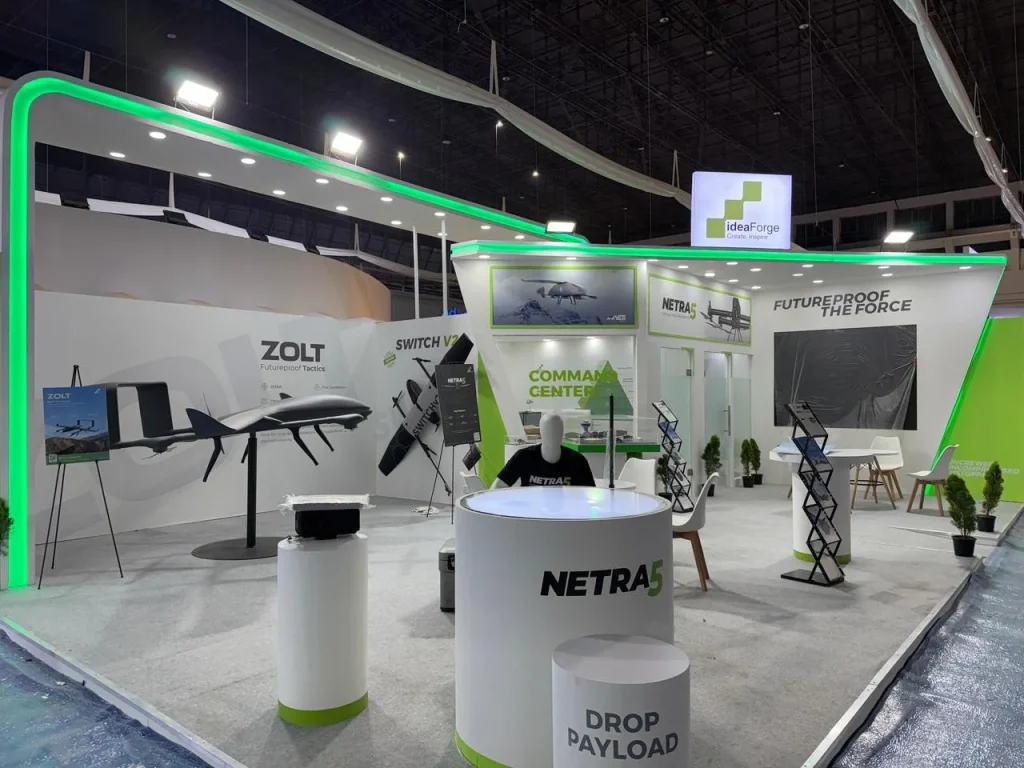
Introduction
Trade shows and exhibits involve a complex array of stakeholders, each with unique goals and expectations. Whether it’s clients looking for ROI, internal teams focused on logistics, or vendors aiming for seamless operations, managing diverse expectations can be a juggling act. Misaligned goals often lead to confusion, missed deadlines, and frustration for all parties involved. The key to success is effective communication and a strategic approach that ensures all stakeholders are aligned on goals and deliverables from the start.
Here’s how to manage diverse stakeholder expectations and create a win-win scenario for everyone involved.
1. Understand the Unique Needs of Each Stakeholder
The first step in managing expectations is understanding the individual needs and priorities of each stakeholder. This might include clients, vendors, team members, and even event attendees.
- Identify Key Stakeholders: Start by mapping out all the relevant stakeholders and their roles in the event. This can include internal departments (marketing, sales, logistics) as well as external partners (clients, vendors, contractors).
- Conduct Stakeholder Interviews: Engage in one-on-one conversations to understand each party’s expectations. Ask questions like, “What does success look like for you at this event?” and “What are your main concerns or priorities?”
- Segment Stakeholders: Not all stakeholders are equal in terms of influence and decision-making power. Prioritize stakeholders based on their impact on the project, and tailor your communication approach accordingly.
By understanding the unique expectations of each stakeholder, you can create a strategy that aligns everyone’s goals from the outset.
2. Set Clear, Measurable Goals
Once you’ve gathered input from stakeholders, it’s time to set clear, measurable goals. Without clearly defined objectives, it’s easy for expectations to diverge, leading to miscommunication and missed opportunities.
- Use SMART Goals: Ensure that all goals are Specific, Measurable, Achievable, Relevant, and Time-bound. For example, instead of a vague goal like “Increase brand visibility,” set a goal to “Generate 50 qualified leads at the event through live product demonstrations.”
- Involve Stakeholders in Goal Setting: Stakeholders are more likely to buy into the goals if they are part of the process. Hold collaborative meetings where stakeholders can discuss and agree on key deliverables.
- Document Everything: After agreeing on the goals, make sure to document them in a clear project plan. This should include specific deadlines, KPIs (key performance indicators), and milestones that can be tracked throughout the project.
Setting clear, measurable goals helps ensure that all stakeholders are working toward the same objectives, minimizing the risk of misalignment.
3. Create a Detailed Project Plan
Once goals are established, the next step is to create a comprehensive project plan that outlines every deliverable, deadline, and responsibility. This is where you can start aligning expectations with practical timelines and resources.
- Break Down Deliverables: Divide the project into manageable tasks, specifying who is responsible for each one. Be explicit about timelines and any dependencies between tasks (e.g., certain elements can’t proceed until the booth setup is complete).
- Communicate Timelines: Be realistic about timelines and communicate them clearly to all stakeholders. If there are any potential bottlenecks (like shipping delays or vendor availability), make sure these are highlighted in advance.
- Build in Flexibility: Stakeholders often have changing priorities, so it’s important to build some flexibility into your project plan. Leave room for last-minute adjustments and allocate buffer time to accommodate unforeseen changes.
A detailed project plan ensures that all stakeholders know what to expect, when to expect it, and who is accountable for each part of the process.
4. Manage Expectations Through Regular Communication
Maintaining clear and consistent communication is crucial for managing stakeholder expectations. When stakeholders are kept in the loop about progress and potential roadblocks, they’re less likely to feel blindsided by unexpected changes.
- Set Up Regular Check-ins: Hold weekly or bi-weekly status meetings with key stakeholders to provide updates, address concerns, and keep everyone aligned. These meetings can help prevent misunderstandings or misaligned priorities from escalating into bigger issues.
- Use Visual Project Management Tools: Consider using project management platforms like Asana, Monday.com, or Trello to provide stakeholders with real-time visibility into project progress. Visual tools allow everyone to see where things stand and where action is needed.
- Share Regular Reports: In addition to meetings, send out regular reports highlighting progress against key milestones and deliverables. This provides a paper trail that can help prevent misunderstandings or scope creep.
By maintaining open lines of communication, you can manage expectations proactively and make adjustments before they become major roadblocks.
5. Address Conflicts and Misalignments Early
In any complex project, conflicts and misalignments are bound to arise. The key to successful stakeholder management is addressing these issues early before they escalate into larger problems.
- Hold One-on-One Discussions: If you notice conflicting priorities or goals between stakeholders, address the issue in private one-on-one discussions. For example, if a client wants additional features that weren’t originally in the scope, explain the impact on timelines and budget, and work together to find a compromise.
- Focus on Win-Win Solutions: Whenever possible, find solutions that benefit all parties involved. For instance, if a client demands a last-minute change, negotiate additional resources or extended deadlines to accommodate the request without sacrificing other priorities.
- Stay Transparent: Always be transparent about challenges and potential delays. Stakeholders will appreciate honesty over sugar-coating, and being upfront about issues gives them the opportunity to adjust expectations.
Handling conflicts and misalignments early helps keep the project on track and fosters stronger relationships with stakeholders.
6. Align Goals Through Collaborative Reviews
Finally, throughout the project lifecycle, it’s important to periodically review goals and adjust expectations as needed. As trade shows approach and deliverables take shape, some priorities may shift.
- Conduct Mid-Project Reviews: Hold mid-project reviews to reassess goals, timelines, and deliverables. Use this opportunity to get feedback from stakeholders on what’s working and what needs improvement.
- Celebrate Milestones: Acknowledge when key deliverables are completed successfully. Celebrating small wins not only boosts team morale but also reassures stakeholders that the project is on track.
- Adjust Goals When Necessary: If stakeholder priorities change, adjust the goals and project plan accordingly. This flexibility shows that you are responsive to their needs, while also managing expectations about what’s achievable within the scope and timeline.
Collaborative reviews ensure that goals remain aligned throughout the project and prevent last-minute surprises from derailing your efforts.
Conclusion: Alignment Is Key to Success
Managing diverse stakeholder expectations requires a clear strategy, open communication, and flexibility. By understanding the unique needs of each stakeholder, setting measurable goals, and maintaining regular communication, you can ensure that everyone remains aligned and that your trade show or exhibit runs smoothly.
When expectations are managed effectively, stakeholders are more satisfied, projects are completed on time, and the experience becomes a collaborative success.


 Global
Global Europe
Europe

